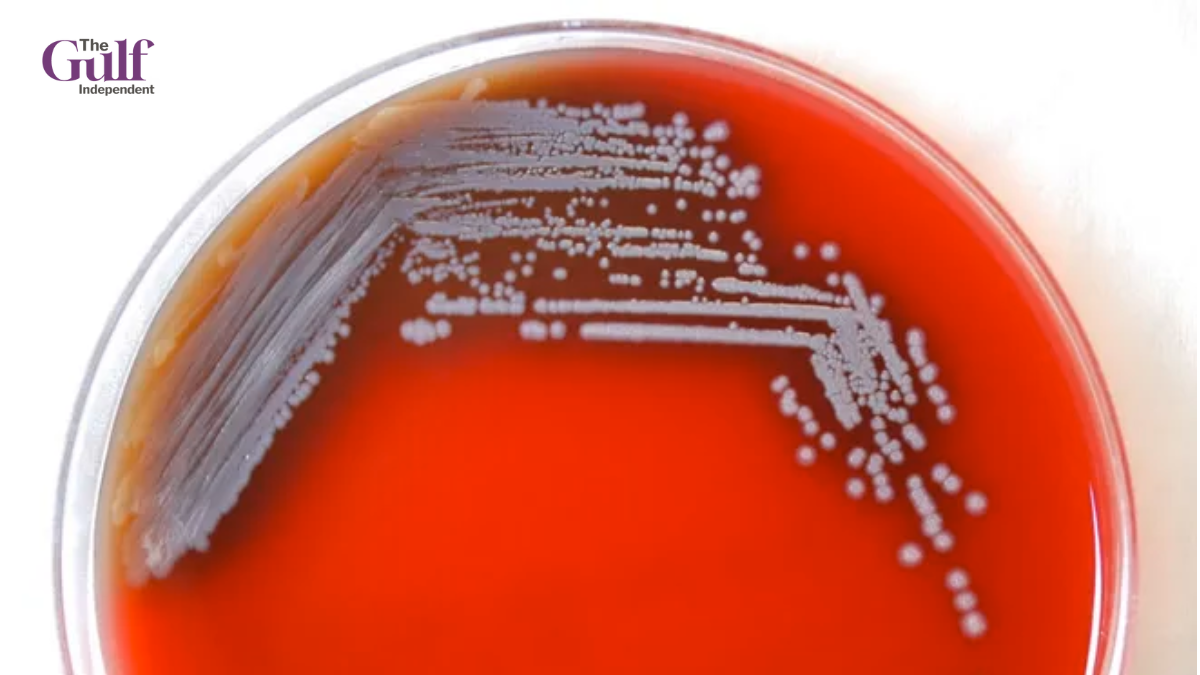Recent investigations have revealed the existence of a dangerous bacteria in the Gulf area’s soil and water, raising concerns about potential health hazards and environmental consequences. It is critical to be informed of the crucial elements surrounding this issue as scientists and authorities try to understand the nature of this bacteria.
The detection of the deadly bacterium in Gulf area soil and water has prompted local health and environmental officials to conduct studies and take preventative measures. The bacteria, which was not identified in the report, is thought to pose a risk to human health and ecological balance in the afflicted areas.
Attempts are being made to ascertain the source and scope of the bacteria’s presence in the Gulf region. Scientific research is being carried out to better understand its properties, modes of transmission, and potential health consequences. These research aim to provide critical information for developing effective measures to slow the spread of the bacteria and reduce the hazards connected with it.
Local health agencies are actively monitoring the situation and collaborating with federal authorities to ensure the safety and well-being of affected individuals. To keep the public informed and educated about potential threats and preventive measures, precautionary measures such as water quality testing and public awareness campaigns are being adopted.
Individuals living in or visiting the Gulf region should take caution and follow established instructions to limit their exposure to the germs. Avoiding contact with contaminated soil and water sources, maintaining proper hygiene, and seeking medical assistance if any symptoms or health problems occur are some of the measures.
ALSO READ: Travel in Africa still dominated by western tourists as ‘black tax’ continues to remain powerful
Efforts are also being made to enhance awareness among healthcare providers in order to allow for early detection and treatment of any infections caused by the bacteria. Authorities hope to establish effective response plans and ensure community well-being through encouraging collaboration and information sharing.
As current investigations and studies continue, updates and additional information from health and environmental authorities will be critical in addressing the concerns about the deadly bacteria in the Gulf region. Clear communication, cooperation, and the use of science-based solutions will be critical in limiting the hazards posed by this bacteria and protecting public health and environmental integrity.














